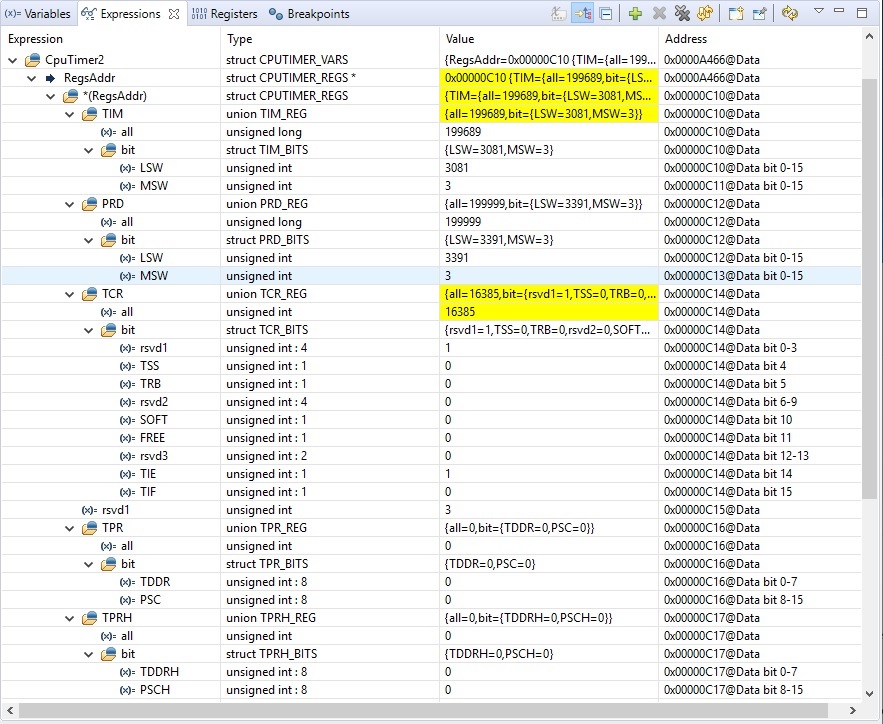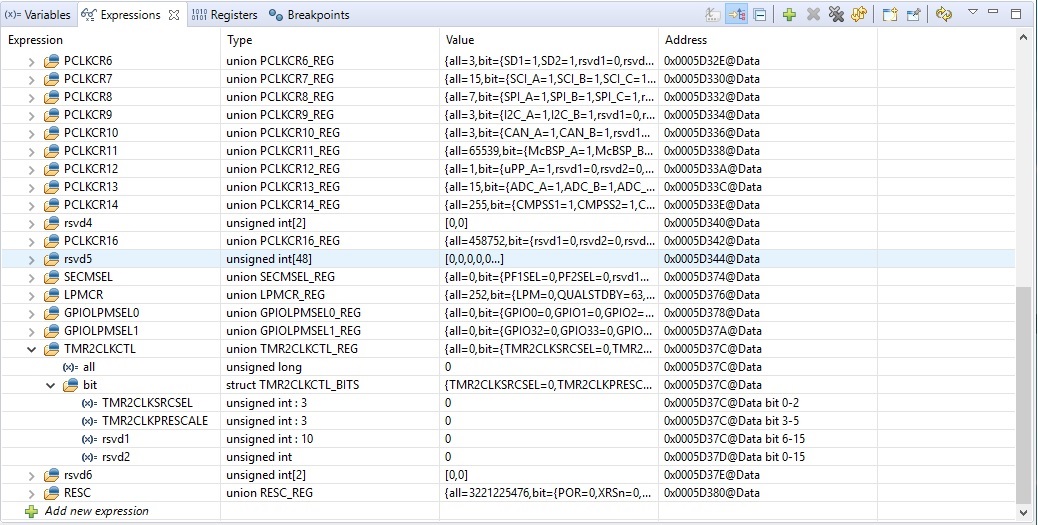Other Parts Discussed in Thread: TMS320F28377D
My customer has an issue with Timer 2 interrupt in which the service routine is called immediately after the interrupt is enabled, even though no TIF flags are set nor the timer has reached zero (countdown mode).
What is your recommendation for preventing this issue?
Thank you!



